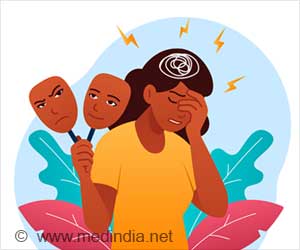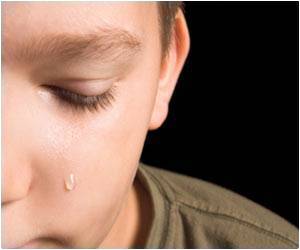New survey data has confirmed increases in anxiety, depression, suicidal thinking among US adolescents seeking mental health care.

‘Mental health problems are more likely to manifest in girls and women as internalizing problems, and in boys and men as externalizing problems.’





Much of what is known about rates of depression and other mental health problems among U.S. adolescents comes from the U.S. Substance Abuse and Mental Health Services Administration's National Survey of Drug Use and Health (NSDUH), an annual nationwide survey of tens of thousands of Americans age 12 and up. NSDUH data have shown, for example, that at the time of the 2017 survey, 20 percent of adolescent girls ages 12 to 17 reported having had at least one major depressive episode in the prior year, compared to 8.7 percent of adult women. In the new study, Mojtabai and co-author Mark Olfson, MD, PhD, of Columbia University's Vagelos College of Physicians and Surgeons, examined long-term trends in NSDUH data on adolescents with an analysis of survey data from January 1, 2005 to December 31, 2018. The researchers grouped the 14 annual surveys into seven sets of two consecutive surveys, to address short-term variability in the data and make longer-term trends more evident.
During the 2005 to 2018 period, 203,070 adolescents had been interviewed, and of these 47,090 (19.7 percent) reported prior-year treatment or counseling for mental health problems. Mojtabai and Olfson found that the percentage of surveyed adolescents who reported treatment or counseling didn't change significantly from 2005-06 to 2017-18. However, the proportion of adolescent girls reporting treatment or counseling did rise significantly, from an average of 22.8 percent in the 2005-06 surveys to 25.4 percent in 2017-18, an 11.4 percent increase, while the proportion of boys reporting treatment or counseling declined from 17.8 percent to 16.4 percent, a decrease of 7.9 percent, over the same interval. Most of those changes occurred after 2011-12.
The mental health problems were categorized by researchers into several categories including internalizing problems (anxiety, depression, suicidal thinking, somatization disorders), externalizing problems (conduct and substance-use problems), relationship problems, and problems at school. Mojtabai and Olfson found that internalizing problems accounted for an increasing proportion of the total during the study window--from 48.3 percent in 2005-06 to 57.8 percent in 2017-18, a 19.7 percent increase. Among internalizing problems, suicidal thoughts or attempts increased most sharply, by 63.3 percent, from 15.0 percent to 24.5 percent of the total. "These trends in the types of reported problems were seen across different care settings, from school counseling to inpatient mental health services," Mojtabai says.
There were also trends in the types of services reported by the survey respondents; in particular, the researchers found a 15.8 percent increase in reliance on outpatient mental health services--such as psychiatric and psychotherapy clinics--which 67.3 percent of respondents reported using in 2017-18 vs. 58.1 percent in 2005-06. There was a corresponding drop in the reported use of school counseling services, from 49.1 percent to 45.4 percent, a decrease of 7.5 percent. Changes in the use of inpatient mental health care and general medical services were slight.
Advertisement
The increased proportion of girls reporting mental health problems during 2005-18 is thus a potential factor underlying the observed increase in internalizing problems. However, Mojtabai and Olfson found that this trend remains in place even when adjusting for sex and other factors. "This trend cannot be completely explained by the larger proportion of girls seeking treatment in later years," he says.
Source-Eurekalert















